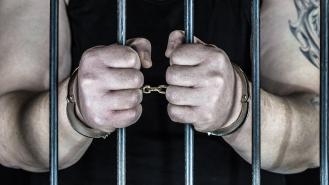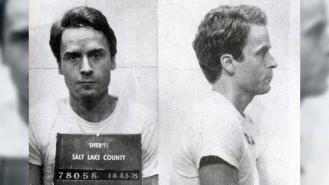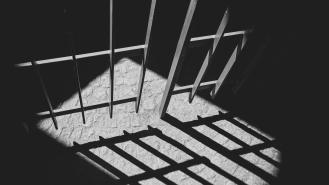
Locked up: Britain's most dangerous prisons
Did you know that there are currently seven category A prisons in the UK? Housing some of the most infamous criminals in Britain, these high-security prisons are specially equipped to keep the most dangerous offenders behind bars. Whether they’re housing serial killers, sex offenders, or the criminally insane: here are four of Britain’s deadliest prisons.
HPM Whitemore
Opened in 1991, HPM Whitemore is a category A men’s prison that currently houses close to 500 of the UK’s most dangerous criminals. The prison has a Dangerous Severe Personality Disorder (DSPD) unit, and a Close Supervision Centre (a prison inside the prison) and doesn’t cater to prisoners who have less than four years on their sentence.
In 1994 six prisoners ranging from London gangsters to members of the IRA escaped after smuggling a gun into the prison. They were later recaptured. More recently the prison was the site of a terror attack when two inmates wearing fake suicide belts attacked a prison officer with bladed weapons. Three other officers and the prison nurse sustained injuries when they rushed to help their colleague.
Notable inmates include Mark Fellows, Paul Magee, and Paul Clark.
HMP Wakefield
Another category A men’s prison, HMP Wakefield is perhaps Britain’s most notorious prison and has been nicknamed ‘The Monster Mansion’ on account of the number of high level and notorious criminals housed there.
Originally built as a house of corrections in 1594, the prison is one of five dispersal prisons in the UK. In 2001 a ‘Supermax’ unit was built at the prison - one of the first of its kind in the UK - enabling the prison to securely house the most dangerous criminals in the UK justice system. The majority of inmates are sex offenders, or those serving life sentences.
Notable inmates include: Colin Ireland, Ian Watkins, and Harold Shipman
HMP Wormwood Scrubs
Nicknamed 'the scrubs’, HMP Wormwood Scrubs is a category B male prison located in White City, London. Opened in 1875, the prison has been functional for close to 150 years. During WWII prisoners were relocated while MI5 used the prison as a base of operations between 1939 and 1940. With the main prison buildings being Grade II status listed buildings, the prison has come under a lot of criticism for not being fit for purpose. In 2017 a report highlighted issues with the prison including overcrowding, and pest infestations (rats and cockroaches). Inherent safety failures have led to staff and officers feeling unsafe in the prison, and up to 50 violent or dangerous incidents taking place each month.
Notable inmates include: Ian Brady, Dennis Nilsen, and Keith Richards
HMP Shepton Mallet
Closed in 2013, HMP Shepton Mallet was a category C prison for prisoners serving life sentences. Originally opened in 1625, the prison was used as a military prison throughout WWII. Notorious for its history of escape attempts (both successful and unsuccessful), the prison's most notorious inmates were the Kray Twins. Due to dwindling numbers, the prison was closed in 1930. Before its closure, Shepton Mallet had been an execution site for criminals sentenced to death. It is unknown how many executions took place in the prison before 1899, however, the last criminal execution at the prison took place on the 24th December 1925.
Between 1942 and 1945 Shepton Mallet was reopened for use by the American military. In those 3 years, 18 soldiers were executed for crimes ranging from rape (not a capital offence in the UK at the time) to murder. Following use by the American military, the prison was returned to the British military where it remained a military prison until 1966.
Notable inmates include: Ronnie and Reggie Kray







